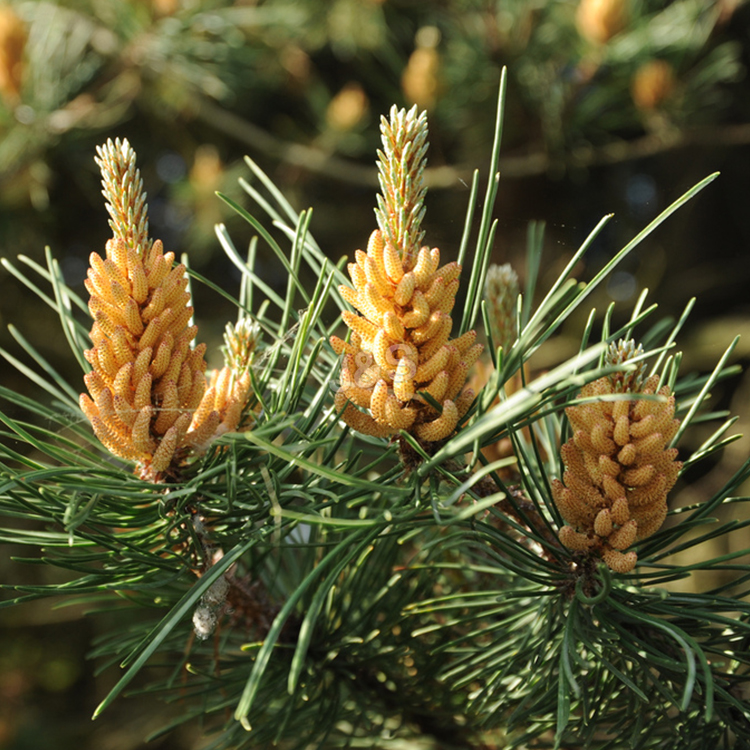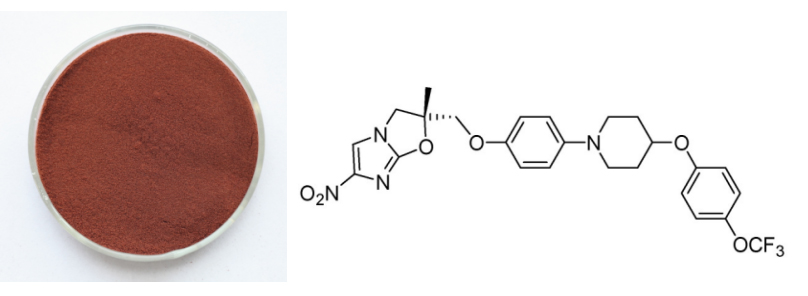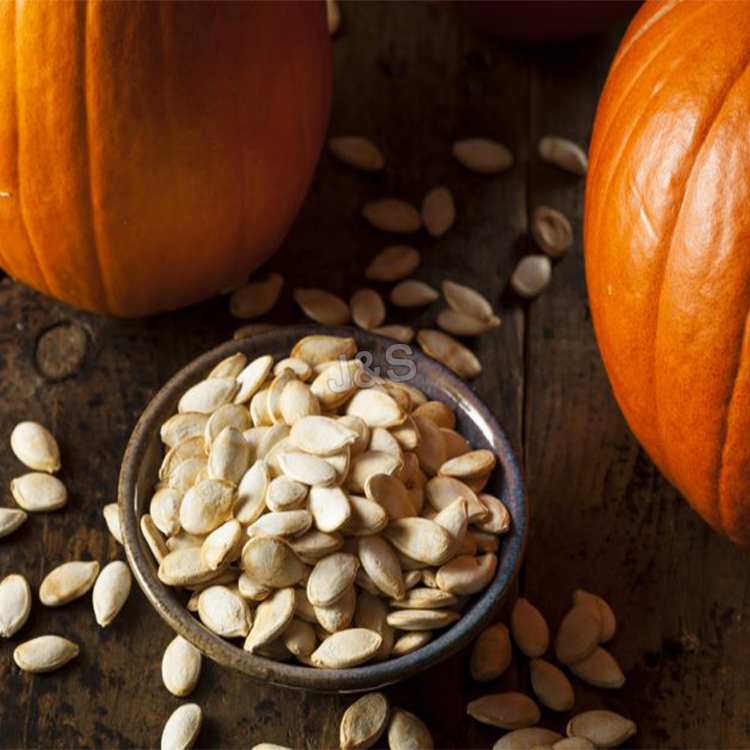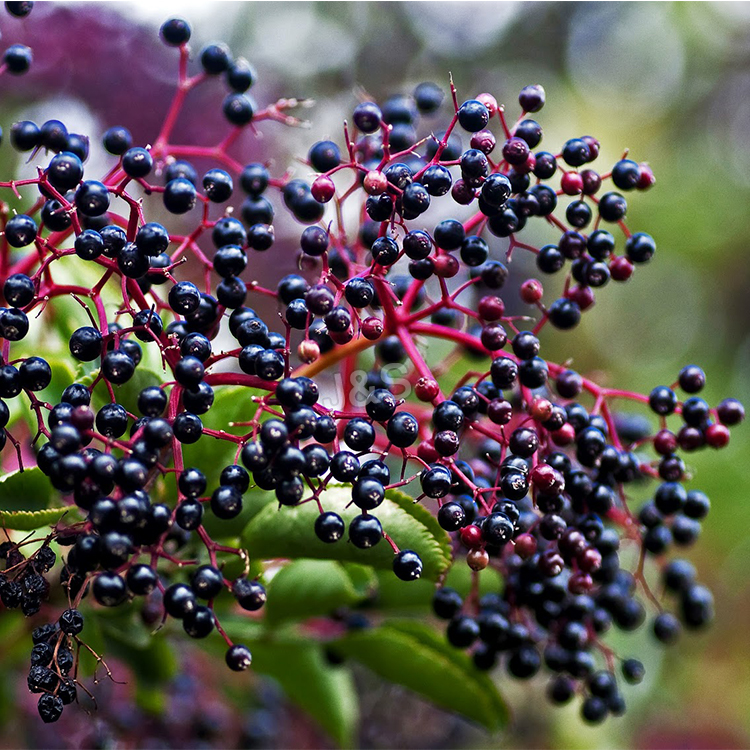Renewable Design for Pine bark Extract Factory for Mali
Renewable Design for Pine bark Extract Factory for Mali Detail:
[Latin Name] Pinus pinaster.
[Specification] OPC ≥ 95%
[Appearance] Red brown fine powder
Plant Part Used: Bark
[Particle size] 80Mesh
[Loss on drying] ≤5.0%
[Heavy Metal] ≤10PPM
[Storage] Store in cool & dry area, keep away from the direct light and heat.
[Shelf life] 24 Months
[Package] Packed in paper-drums and two plastic-bags inside.
[Net weight] 25kgs/drum
[What is Pine bark?]
Pine bark, botanical name Pinus pinaster, is a maritime pine native to southwest France that also grows in countries along the western Mediterranean. Pine bark contains a number of beneficial compounds that are extracted from the bark in a way that doesn’t destroy or damage the tree.
[How does it work?]
What gives pine bark extract its notoriety as a powerful ingredient and super antioxidant is that it’s loaded with oligomeric proanthocyanidin compounds, OPCs for short. The same ingredient can be found in grape seeds, the skin of peanuts and witch hazel bark. But what makes this miracle ingredient so amazing?
While OPCs found in this extract are mostly known for their antioxidant-producing benefits, these amazing compounds exude antibacterial, antiviral, anticarcinogenic, anti-aging, anti-inflammatory and anti-allergic properties. Pine bark extract can help reduce muscle soreness and may help improve conditions relating to poor circulation, high blood pressure, osteoarthritis, diabetes, ADHD, female reproductive issues, skin, erectile dysfunction, eye disease and sports stamina.
Seems like it must be pretty amazing, but let’s look closer. The list goes on a bit further, as the OPCs in this extract may “inhibit lipid peroxidation, platelet aggregation, capillary permeability and fragility, and to affect enzyme systems,” which basically means it may be a natural treatment for many serious health conditions, such as stroke and heart disease.
[Function]
- Lowers Glucose Levels, Improving Diabetic Symptoms
- Helps Prevent Hearing Loss and Balance
- Staves Off Infections
- Protects the Skin from Ultraviolet Exposure
- Decreases Erectile Dysfunction
- Reduces Inflammation
- Helps Increase Athletic Performance
Product detail pictures:

Related Product Guide:
owing to very good support, a variety of high quality merchandise, aggressive costs and efficient delivery, we love an excellent name among the our clients. We are an energetic company with wide market for Renewable Design for Pine bark Extract Factory for Mali , The product will supply to all over the world, such as: Greenland, Slovakia, Morocco, If you need to have any of our merchandise, or have other items to be produced, make sure you send us your inquiries, samples or in depth drawings. Meanwhile, aiming to develop into an international enterprise group, we look forward to receiving offers for joint ventures and other cooperative projects.
hahaha huli kang loko ka!
If you’re packing lunch for a nut-free classroom, this DIY Sunflower Seed Butter recipe is a lifesaver—and money saver, too!
Subscribe to One Hungry Mama: https://www.youtube.com/onehungrymama
Unlike tree nuts, sunflower seeds are allergy-friendly, so it’s great that they make a delicious sandwich spread that tastes surprisingly like peanut butter. The only problem is that store-bought can cost a lot and sometimes be overly sweetened, too. So instead of spending money, I spend some time—it doesn’t take much!—to make this DIY sunbutter.
All you need are raw sunflower seeds, salt, and honey or, if you’re sharing with anyone under 12-months-old, agave syrup.
Using raw sunflower seeds is *really* important. Even though you toast them before making sun butter, you can’t use pre-roasted. It seems like it’ll be a shortcut, I know, but it will really just be a disaster since roasted sunflower seeds don’t have enough oil to produce a creamy spread.
Toasting your raw seeds before blending them into a sunbutter gives your sunflower seeds spread an awesome flavor that I think is way better but, if you’re in a time crunch, you can make this without toasting them first. If you like the way it tastes, going straight from the package to the blender will certainly save you time—it’s just a matter of taste.
To make a big batch, I toss 3 cups of raw sunflower seeds into an ungreased pan set over medium heat. I cook them, shaking the pan every minute or so, until they are fragrance and golden brown, about 2 minutes. Then, toss the toasted seeds into a food processor or high powered blender with 3/4 teaspoon of salt and 1 1/2 teaspoons granulated sugar. Then whiz, whiz, whiz.
At first, the seeds will turn into a fine powder, then a grainy butter—don’t stop here. The longer you process the seeds, the more their oils will release. Keep going and soon, the grainy butter will turn into a creamy spread. Once this happens, you can leave it as chunky or make it as sooth as you like. The whole process can take 8-10 minutes, depending on how powerful your processor or blends is.
If you want to sweeten your sun butter beyond the sugar you’ve added in the beginning (like I do), add some honey to the grainy butter. Do it to taste—I usually add 2-3 teaspoons. You can add cinnamon then, too.
Then enjoy. Add what you don’t eat right away to a sealed container and keep in the refrigerator for at least 2 weeks.
Like this video? Give it a thumbs up and post a comment below. And, of course, thanks for watching One Hungry Mama!
For more quick tips & family-friendly recipes, visit https://onehungrymama.com
Like OHM on Facebook:
https://www.facebook.com/onehungrymama
Follow OHM on Instagram:
https://instagram.com/onehungrymama/
Follow OHM on Pinterest:
https://pinterest.com/onehungrymama
Follow OHM on Twitter:
https://twitter.com/onehungrymama
The product classification is very detailed that can be very accurate to meet our demand, a professional wholesaler.






